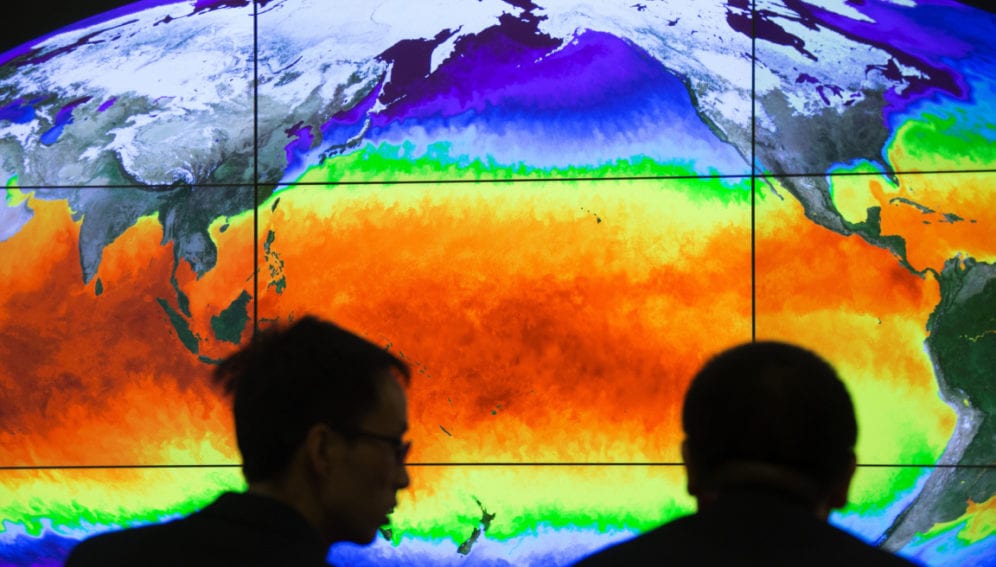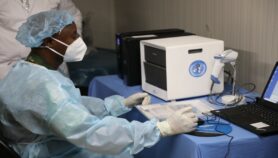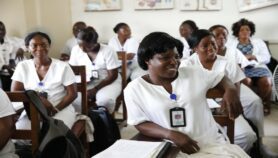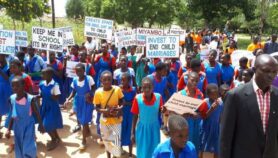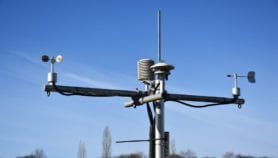By: Gilbert Nakweya
Send to a friend
The details you provide on this page will not be used to send unsolicited email, and will not be sold to a 3rd party. See privacy policy.
[NAIROBI] Workshops and high-level summits are convened for various reasons, including for information dissemination, disclosure of new findings, shaping policy frameworks and efforts aimed at finding solutions to challenges that confront humanity.
One such meeting was the International Workshop on Open Data for Science and Sustainability in Developing Countries that took place in Nairobi, Kenya, last week (6-8 August).
The workshop, which was organised jointly by four institutions, including UNESCO and the Task Group on Preservation of and Access to Scientific and Technical Data in Developing Countries, focused on how to improve access to and use of scientific research data and in reducing the digital divide between the developed and the developing world.
“If a country is continuously updating its data, then it becomes easier to do assessments of the data and make informed decisions.”
Neeyati Patel, United Nations Environment Programme (UNEP)
It sought to discuss such issues as ways to promote a better understanding of the needs of developing countries to access scientific and technical data and how to advance the adoption of improved science and technology data archiving procedures, standards and policies in these countries.
As I listened to experts share their knowledge and solutions at the workshop, I discovered that the United Nations Environment Programme (UNEP) is working on a solution to some of the workshop’s issues, especially on environmental data. It is developing a holistic approach called “UNEP Live” to keep the environment under review. The system offers a transparent, simple-to-use online platform for countries to publish and share data, and knowledge about the environment.
Moved by curiosity to know how it works and its importance, I talked to the project manager of UNEP Live, Neeyati Patel. She said that the system enables countries to do their own assessment of environmental data. For instance, she added that developing countries and Small Developing Island States (SIDS) can assess data on environmental hazards in their regions.
“If a country is continuously updating its data, then it becomes easier to do assessments of the data and make informed decisions,” Patel observed.
The system has a number of live features, including live data flows on air quality and sea level from national sources and interactive maps of the environment in regions and countries.
Additionally, Patel noted that a feature called “country toolkit” is being developed and will be managed by countries and SIDS to support their own data assessments. The toolkit could help all ministries in a country get connected to promote data sharing.
Patel said: “We also have communities of practice feature for experts to share knowledge, data and ideas, especially on environmental science”.
UNEP Live was launched on 16 January this year in Geneva, Switzerland, to enable countries share environmental science and research data. According to Patel, Kenya is the first country to use it, but the number of countries sharing their data on UNEP Live increased to 75 countries by the end of July.
Patel noted that they are now aiming to rope in all 193 UN member countries to use it.
I believe that UNEP Live could be a useful platform to developing countries — especially those in Sub-Saharan Africa — to share data on environmental science before they establish their own data sharing centres. This could also encourage African governments to invest and establish their data sharing centres both at national and regional levels.
Link to UNEP Live
This article has been produced by SciDev.Net's Sub-Saharan Africa desk.


